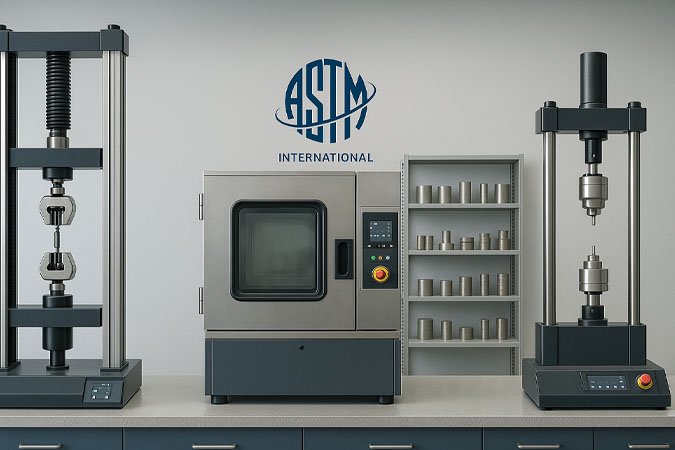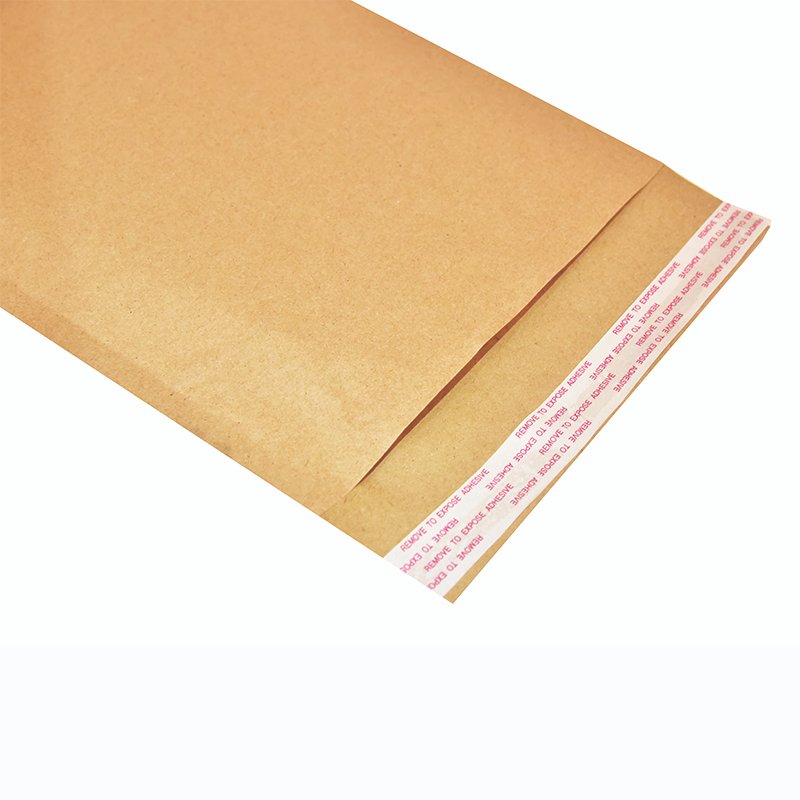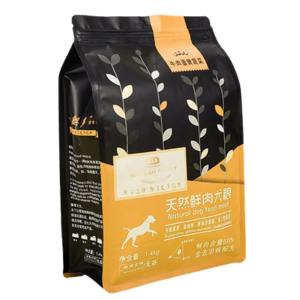Ever had your paper bag split open at the worst time? Yeah, we’ve all been there. In the packaging world, durability isn’t just nice to have—it’s essential. Especially for food brands and wholesalers like Mike in the U.S. who depend on their packaging to perform, not flop.
Yes, ASTM standards are critical benchmarks for ensuring paper bag durability. These standards define how strong, tear-resistant, and reliable a paper bag should be. Meeting these standards means fewer headaches, better performance, and more trust from your end customers.
Let’s break it down. Because if you’re sourcing from China like most global brands, you want more than just a good price—you want reliable quality.
What Are ASTM Standards and Why Should You Care?
ASTM International (formerly the American Society for Testing and Materials) sets technical standards for a wide range of materials and products, including paper packaging.
For paper bags, ASTM defines specific tests to measure:
- Tensile strength (how much force it takes to rip)
- Tear resistance
- Bursting strength
- Moisture resistance
- Compression strength for stacked bags
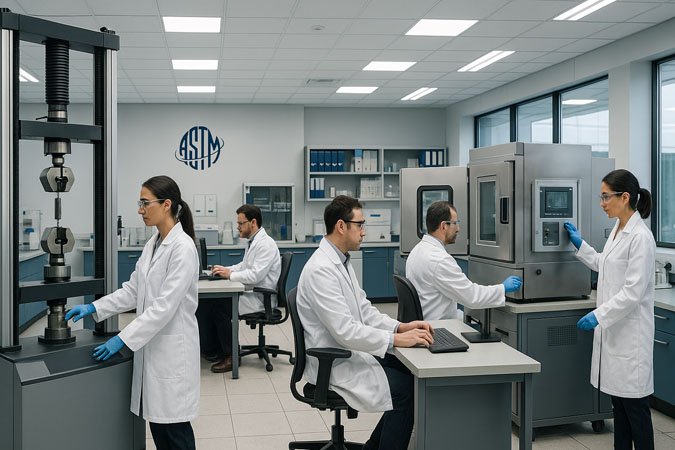
These tests simulate real-life conditions. Think about it—a paper bag holding a greasy burger or sitting in a delivery van for hours needs to survive serious wear and tear.
How ASTM Standards Impact Your Bottom Line
Failing to meet ASTM specs isn’t just a technicality. It can mean failed deliveries, damaged goods, and unhappy customers.
Our clients often tell us stories about poor-quality bags from other suppliers that couldn’t pass basic tear tests. One big food brand even had to pull their packaging mid-campaign. Ouch.
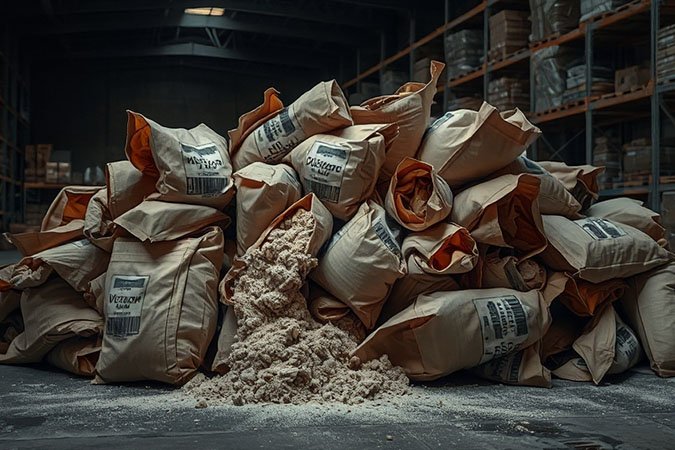
That’s why at GreenWing, every batch goes through a battery of tests in our own QC lab. We don’t wait for problems. We prevent them.
Which ASTM Tests Matter Most for Paper Bags?
Here are the top five ASTM tests we run regularly:
- ASTM D828 – Tensile Properties of Paper and Paperboard
- ASTM D1922 – Tear Propagation (Elmendorf Method)
- ASTM D3786 – Bursting Strength of Paper
- ASTM D moisture-resistance protocols – Because rain happens
- ASTM D4577 – Compression resistance for stacking during shipping
Each of these ensures that the bags will hold up in actual use, whether it’s hot soup, cold drinks, or rough shipping conditions.
ASTM vs. Real-World Use: Are Lab Tests Enough?
Good question. Lab tests are great, but we also believe in real-world simulations.
We test bags with hot and cold items. We simulate rainy days. We even drop them from different heights. It’s a mix of science and common sense.
Because if your customer spills their coffee because the handle gave out? It’s not the lab’s fault. It’s yours.
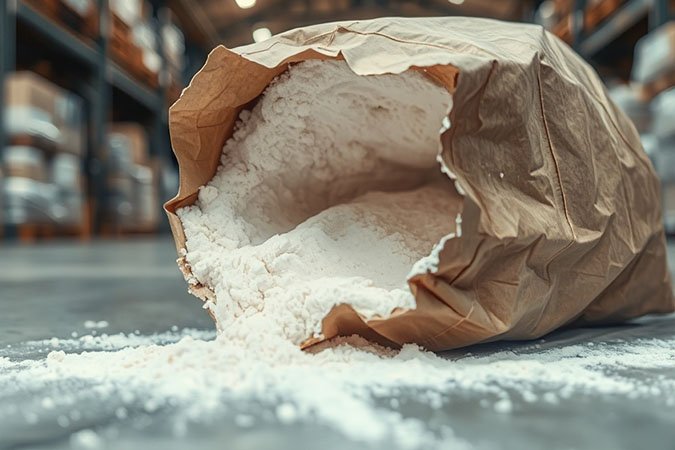
Does Every Chinese Manufacturer Meet ASTM Standards?
Short answer: Not even close.
Many suppliers cut corners. Some skip testing altogether. And a few (you guessed it) even fake certificates.
That’s why brands like Starbucks and JD.com trust us—we not only follow ASTM, but also hold over 60 international quality certifications. Plus, our 40+ patents are all tied to real improvements in bag durability.
How Can You Ensure Your Supplier Is Compliant?
Here are 4 quick tips:
- Ask for test reports with batch numbers. Don’t settle for generic PDFs.
- Verify lab credentials. It should be a certified third-party lab.
- Check for certifications beyond ASTM like ISO or FSC.
- Request real-life test videos. We send those to clients regularly.
And if a supplier avoids these questions? Red flag, my friend.
ASTM Standards and Eco-Friendliness: Can You Have Both?
Absolutely. ASTM doesn’t mean plastic or chemical coatings. At GreenWing, we combine durability with sustainability by using high-quality kraft paper, soy-based inks, and water-resistant coatings that are still biodegradable.
So yes, you can have a tough bag that doesn’t trash the planet.
Conclusion
If you care about quality, consistency, and your brand’s reputation, ASTM standards aren’t optional—they’re essential. And we’re here to make sure you meet them every time. Let’s build packaging that holds up—literally and figuratively.

